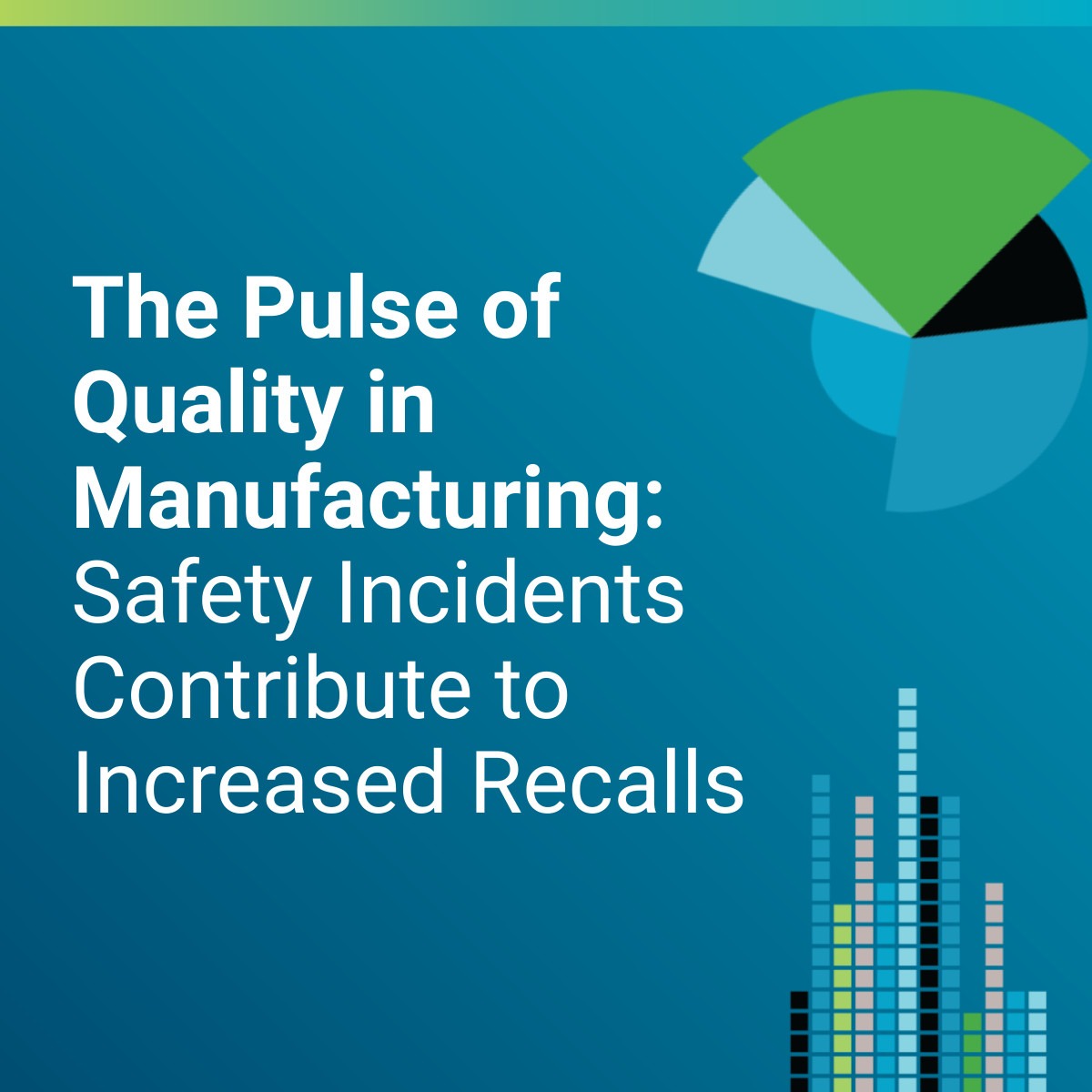Inefficient quality processes can seriously impact the ability to successfully commercialize critical drugs and medical devices. This is a topic we recently wrote about in Pharma Manufacturing. Quality across the full drug development lifecycle can reduce the risk of non-compliance and save companies millions of dollars in fines, lost time and expended resources.
Yet, failure to properly separate storage areas or cross contamination and waste flow issues continue to plague many manufacturers.
As we share in the article, the best way to address quality issues is by taking a proactive approach to mitigate the risk of any number of noncompliance issues.
Below are some key preventable yet common mistakes pharma manufacturers make that can lead to FDA citations.
- Noncompliance with safety procedures. This is one area that even experienced lab workers have a habit of ignoring, but failure to follow standard operating procedures (SOPs) contained in safety data sheets can result in serious consequences. Two such examples are handling volatile chemicals without understanding or complying with established rules or disposing of chemicals improperly without following standard operating procedures (SOPs). The most effective way to reduce this risk is to ensure employees both read and use the safety data sheets prior to chemical use, and then confirm that they have done so. This can be achieved by providing easy access to SOP documents in a quality management system (QMS). It’s also important to make proven hazards training a requirement before enabling laboratory or chemicals access. Once again, a QMS can help to keep track of training completion per employee.
- Equipment issues. Some of the costliest lab safety mistakes involve improper use or maintenance of equipment, resulting from a lack of proper training or poor maintenance. Most of these issues are easily mitigated with common sense procedures and a robust environmental, health and safety (EHS) process.
- Improper chemical storage. A lack of proper chemical storage procedures can impact the structure or quality of a chemical, causing toxic byproducts. Companies that don’t have adequate chemical storage facilities are leaving themselves open to not only preventable accidents but also a failure to comply with federal or state regulations.
- Runaway reactions. During molecule scale-up, chemical reactions can become explosive in large quantities. This is an issue that is becoming more prevalent as organizations transition from batch to continuous process manufacturing. In order to reduce the risk, companies should screen for potential hazards, and each identified risk should be documented with associated preventative mitigation plans. In the event of a chemical issue, a corrective action plan should be created. A QMS software can also help to document and automate the corrective action process.
- Overabundance of chemical impurities. Often, when a chemical doesn’t perform as expected because of impurities, it is beyond the control of even the most experienced scientist. Yet, there are some ways to improve the odds. These may include better management of and communication with raw material suppliers. A QMS can automate the supplier management process.
Form 483s and other FDA citations are issued regularly to even the most upstanding of pharmaceutical manufacturers, yet by maintaining quality across the full lifecycle of development and leveraging automated tools to ensure greater accuracy and efficiency, manufacturers can more easily ensure that pharmaceuticals are safely brought to market for the patients who sorely rely on them.
Interesting in learning more about how pharma firms have successfully implemented a QMS? Check out these case studies: Johnson & Johnson and Intertek.


